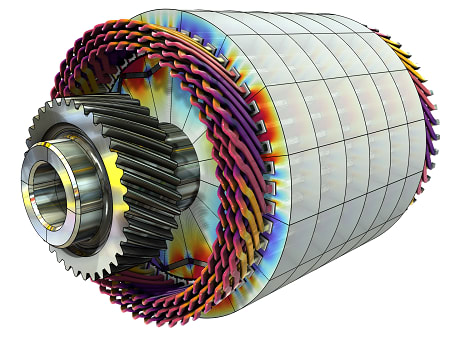Ribicki
Mechanical
- Aug 26, 2024
- 9
Hello everyone,
My name is Vinícius, I'm an engineer in Brazil.
I have a question regarding a sprinkler project for a warehouse, following the NFPA-13 and 20 codes. The system calculations required 170 psi for my remote area, speaking with the pump representative, they indicated a pump rated for 175 psi @ 2550 GPM, with a churn pressure of 200 psi.
As my pump churn is above 175 psi, I'll use a pressure relief valve after the pump discharge to maintain the system below this pressure. For the jockey pump the NFPA 20 code says: 'The jockey pump stop point should be equal to the pump churn pressure plus the minimum static supply pressure', so my question is: should I consider the start point of the jockey at 175 psi? considering that I'll use the pressure relief valve to protect the system, or should I adopt 200 psi and be above the 175 psi limit?
Thanks in advance
My name is Vinícius, I'm an engineer in Brazil.
I have a question regarding a sprinkler project for a warehouse, following the NFPA-13 and 20 codes. The system calculations required 170 psi for my remote area, speaking with the pump representative, they indicated a pump rated for 175 psi @ 2550 GPM, with a churn pressure of 200 psi.
As my pump churn is above 175 psi, I'll use a pressure relief valve after the pump discharge to maintain the system below this pressure. For the jockey pump the NFPA 20 code says: 'The jockey pump stop point should be equal to the pump churn pressure plus the minimum static supply pressure', so my question is: should I consider the start point of the jockey at 175 psi? considering that I'll use the pressure relief valve to protect the system, or should I adopt 200 psi and be above the 175 psi limit?
Thanks in advance




